Starting a business can be an incredibly rewarding experience, but it can also be quite challenging. There are so many things to think about – from finding your passion and purpose, to developing a logo and website, to generating buzz and planning a launch day. In this blog post, we will walk you through each step of starting your own business. We’ll provide tips and advice to help you get organized and make the most of your entrepreneurial journey!
Find your passion and purpose.
The first step to starting a business is finding something you’re passionate about. What are you good at? What do you love to do? Once you’ve found your passion, it’s time to start thinking about your business’s purpose. Why does your business exist? What problem are you solving? Answering these questions will help you clarify your business’s mission and give you a direction to move in.
Over 600,000 new businesses are started each year in the United States. Having a clear passion and purpose will help you make sure your business doesn’t get lost in the shuffle.
You’ll also want to think through what makes your business different than your competitors. What unique value are you offering? This will be key in developing your brand and marketing strategy.
Make a plan.
Once you know what you want your business to achieve, it’s time to start making a plan. What are your business’s goals? What are your strategies for achieving those goals? How will you execute those strategies? These are all important questions to answer as you start putting together your business plan.
Here are 5 great tips for making a plan for your business:
– Set realistic goals. It’s important to be ambitious, but don’t bite off more than you can chew. Start small and work your way up.
– Do your research. Before you start putting pen to paper, it’s important to do your homework. Learn about your industry, your target market, and your competitors. This will help you create a more informed and effective business plan.
– Keep it simple. A business plan doesn’t have to be a 100-page document. In fact, it’s often better to keep it short and sweet. focus on the essentials and make sure your business plan is clear and concise.
– Get feedback. Once you’ve put together a draft of your business plan, it’s a good idea to get some feedback from trusted friends or mentors. They can help you spot any errors or areas that need further development.
– Be flexible. As your business grows and changes, so too should your business plan. Don’t be afraid to revise and adapt your plan as needed. The best business plans are fluid and evolving, just like the businesses they represent.
Get organized.
Once you have a plan in place, it’s time to start getting organized. This means setting up systems and processes, creating templates and checklists, and generally getting your business in order. Having a well-organized business will make it run more smoothly and help you avoid costly mistakes.
Here are a handful of processes for your business that you’ll want to make sure you have in place:
– Accounts receivable and accounts payable
– Inventory management
– Customer relationship management (CRM)
– Employee onboarding
– Data backup and security
If it’s just you starting out, you may not have to worry too much about employee onboarding, etc. but you’ll want to make sure you have effective processes for invoicing, getting paid, storing your content and records safely online, etc.
Develop a logo and website.
A key part of any business is its branding. And a big part of branding is having a strong visual identity. This means creating a great logo and building a stunning website. Both of these elements should reflect your business’s mission and values, and they should be consistent across all of your marketing materials.
Here are some things to keep in mind when having your logo designed:
– Keep it simple. A logo should be easy to understand and remember. The best logos are often the simplest ones.
– Make it scalable. Your logo should look just as good on a business card as it does on a billboard.
– Think about color. Color can be very evocative, so choose wisely. What colors do you want to be associated with your business?
– Get feedback. Before you settle on a logo, it’s a good idea to get some feedback from people in your target market. See what they think of your design and if they have any suggestions for improvement.
When it comes to building your website, there are a few things you’ll want to keep in mind:
– Keep it simple. Just like your logo, your website should be easy to understand and navigate. Don’t try to cram too much into one page.
– Make it visually appealing. Use high-quality images and videos, and choose a layout that is pleasing to the eye.
– Be sure to include calls to action. Every page on your website should have a clear call to action, whether it’s “Sign up for our newsletter” or “Buy now.”
– Optimize for search engines. Be sure to include relevant keywords in your content so that people can find your site when they’re searching for businesses like yours.
– Get feedback. Before you launch your website, it’s a good idea to get some feedback from friends or mentors. They can help you spot any errors or areas that need further development.
Generate buzz.
Before you launch your business, it’s important to generate some buzz. This means creating excitement and anticipation around what you’re doing. You can do this by sharing your story with the media, reaching out to influencers, and generally getting people talking about your business.
Here are 5 more tips to help you create buzz for your business:
– Make a splash with your launch event.
– Get creative with your marketing.
– Use social media to build anticipation.
– Create a blog to share your story.
– Get involved with the community.
By following these tips, you’ll be sure to generate some excitement for your business before it even opens its doors.
Plan a launch day.
A launch day is a big milestone for any business. It’s the day you officially open your doors and start operating. So it’s important to plan it carefully. You’ll want to make sure you have all of your ducks in a row – from your marketing materials to your inventory – and that you’re prepared for anything that might come up.
What are a few important things to consider for your business’s launch day?
– Make sure you have enough staff.
– Have a plan for dealing with customer inquiries.
– Make sure your website and social media are up and running.
– Have plenty of business cards and marketing materials on hand.
By following these tips, you’ll be sure to have a successful launch day for your business.
Now that you know how to start a business, it’s time to get out there and do it! Just remember to take things one step at a time, and don’t be afraid to ask for help when you need it. With hard work and determination, you can make your business dreams a reality.
Spread the word with marketing.
Once you’ve launched your business, it’s time to start spreading the word. Marketing is a great way to get people interested in what you’re doing and to build a loyal customer base. There are lots of different marketing channels you can use – from online advertising to PR – so it’s important to find the ones that work best for your business.
Here are some more ways that you can spread the word about your business:
– Get involved with trade shows and events.
– Sponsor a local event or team.
– Give talks or workshops.
– Write articles or blog posts.
Starting a business is a big undertaking, but it’s also an incredibly exciting and rewarding journey. We hope this blog post has given you some insights into how to get started. Good luck!




